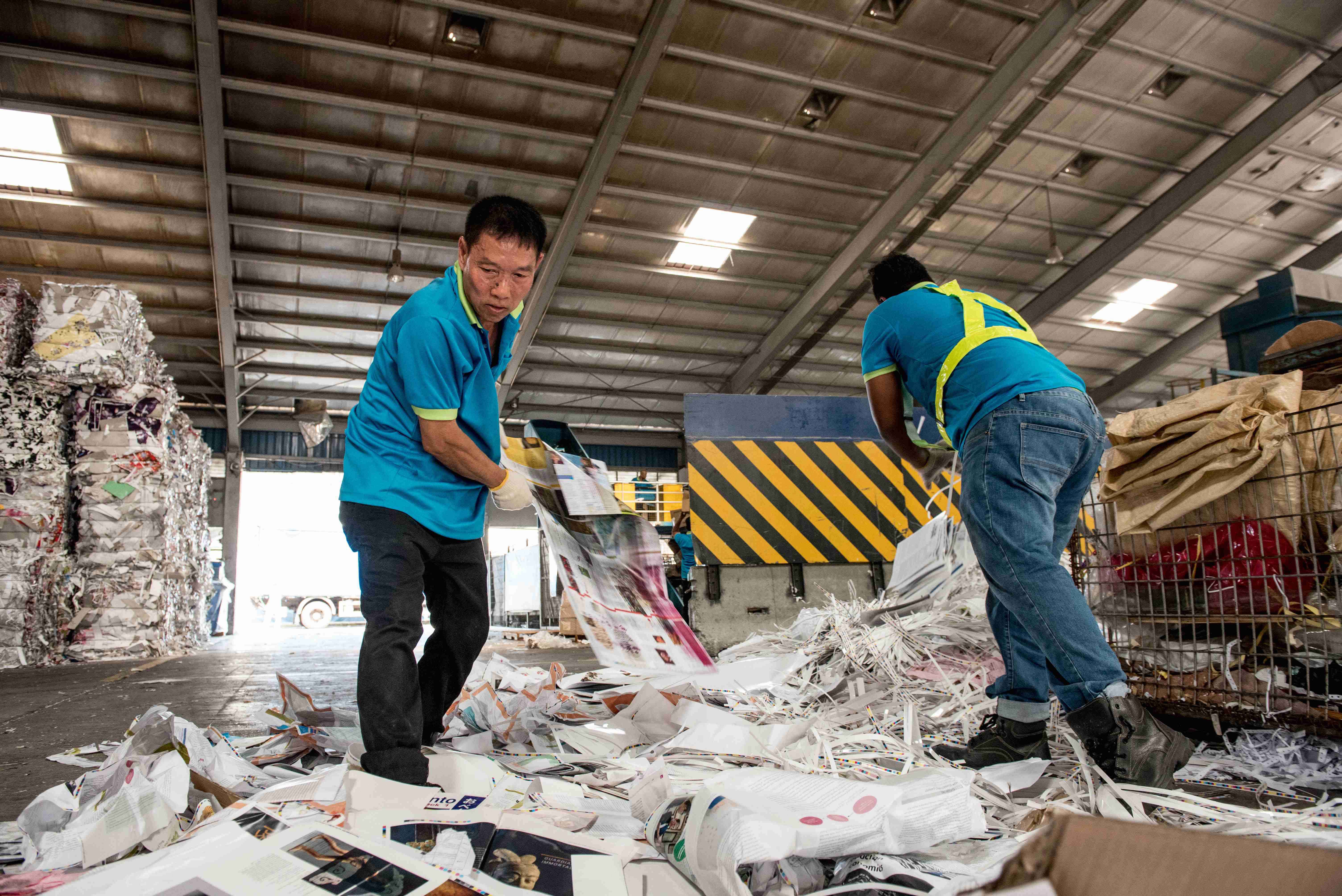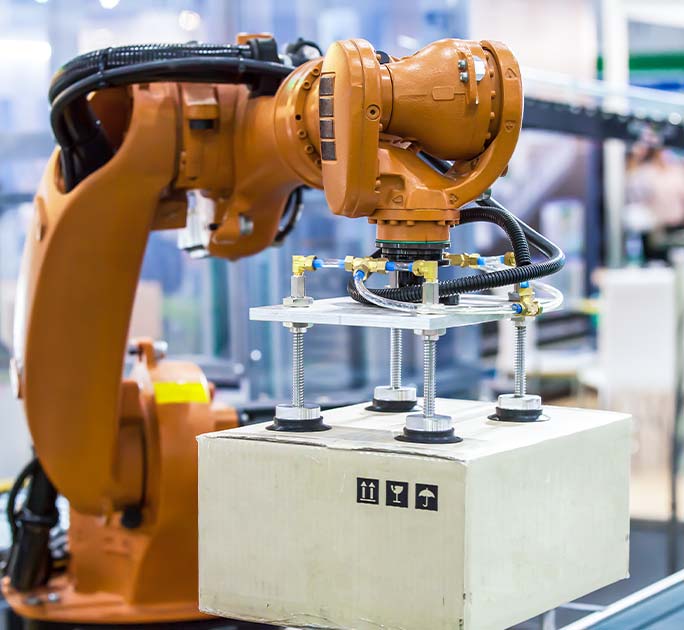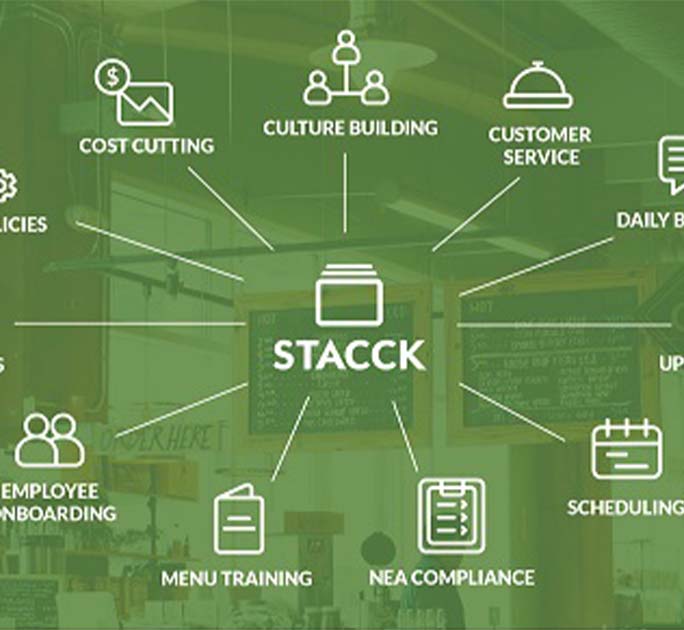Your Sewing Machine Just Got Smarter
Advanced robotics will transform the way clothes are made, making the process cheaper and faster.

Innovations and technological advances in the garment and textile industry have brought about improvements and efficiencies in garment-making throughout the years. A large part of the process is now automated. There are machines that cut the fabric, even sew on the buttons and pockets.
However, there are still parts of the process that currently need to be done by hand. Human hands are still needed to stitch two pieces of cloth together neatly. Robots that are often used in the manufacturing process aren’t built to handle soft, flexible fabric, which is why countries such as Bangladesh and Myanmar are still a go to for clothes manufacturing due to their cheap and abundant labour.
Full Automation is Coming
That is set to change with these latest advancements soon to hit the market. Georgia Tech’s Advanced Technology Development Center has developed and patented a technology that uses cameras to map the fabric and robots to steer the fabric through the sewing needles. Meanwhile, Atlanta-based textile equipment manufacturer SoftWear Automation recently signed a deal with Tianyuan Garments Company of Suzhou to develop a fully automated T-shirt production line for Adidas at the Chinese company’s newly acquired plant in Little Rock, Arkansas, using the technology. The system is set to be operational by the end of 2018.
Another innovation comes from Jonathan Zornow, founder of Seattle-based startup Sewbo. Zornow’s system works by first hardening the fabric using a water-soluble thermoplastic, which is then fed into a sewing machine by a Universal Robot. Once completed, the fabric is then put into hot water where the plastic melts off.
Enhancing Economies of Scale
In this era of fast fashion, brands come up with an increasing number of lines per year; Zara offers 20 and H&M around 16. The real test of a fully automated system is to see if it will get the finished products out faster and cheaper.
That looks to be more than possible, according to Tang Xinhong, chairman of Tianyuan Garments. In a China Daily article, he shares that the new system will take roughly four minutes “from fabric cutting and sewing to finished product”. “When fully operational, the system will make one T-shirt every 22 seconds. We will produce 800,000 T-shirts a day for Adidas,” he says. And the cost? Just 33 US cents a T-shirt.
The rise of robotics will influence not just price and speed. In his article on CIO Review, Brad Whitehall, CIO of UniFirst Corporation, reckons that with the cost of robots being comparable around the world, it will make sense to move clothing manufacturing to the countries where the demand is from.
As evidenced by Tianyuan Garments’ move to the US, that is already taking place. In the China Daily article, Xu Yingxin, vice president of the China National Textile and Apparel Council, notes that establishing a clothing factory in Arkansas enables Tianyuan to satisfy instant orders from its clients. “The idea of Industry 4.0 and Intelligent Manufacturing is gradually becoming a reality. It is revolutionising labour-intensive clothing manufacturing.”
Another benefit, says Whitehall, is ensuring there is no overstock. If robots can sew quicker and cheaper, clothes can be manufactured on-demand and there’s no need for large batches to be produced, thus reducing textile waste. And with clothes being manufactured in a country’s own backyard, companies will no longer need to deal with warehousing and distribution issues overseas.
A potential downside is that a large number of garment workers in poorer nations may no longer have a job the more automated the process gets. “I do worry what this could mean for people in the low wage environment,” says Zornow, in an interview with Quartz. “It’s something we’ve worried about whenever there’s been any new technology at any point in history.” However, he hopes that his innovation will be one that becomes “unambiguously good for humans.”
Was this information useful?
Thanks for your feedback
Subscribe to DBS BusinessClass
Stay updated with the latest market trends and industry insights, connect with a network of entrepreneurs, and gain access to exclusive event invitations. Join Asia's fastest growing business community – get your complimentary membership here.





That's great to hear. Anything you'd like to add?
We're sorry to hear that. How can we do better?